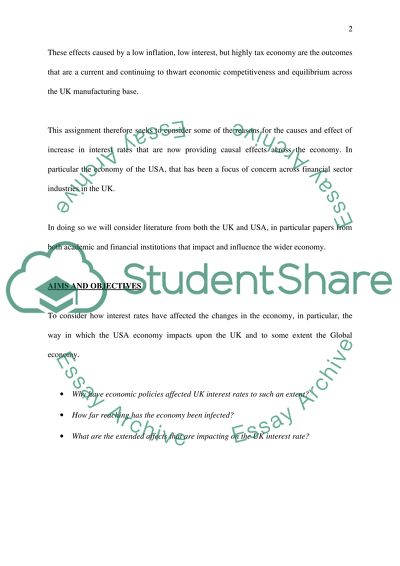Cite this document
(“Interest Rates Rise in the UK Essay Example | Topics and Well Written Essays - 2250 words”, n.d.)
Interest Rates Rise in the UK Essay Example | Topics and Well Written Essays - 2250 words. Retrieved from https://studentshare.org/miscellaneous/1509234-interest-rates-rise-in-the-uk
Interest Rates Rise in the UK Essay Example | Topics and Well Written Essays - 2250 words. Retrieved from https://studentshare.org/miscellaneous/1509234-interest-rates-rise-in-the-uk
(Interest Rates Rise in the UK Essay Example | Topics and Well Written Essays - 2250 Words)
Interest Rates Rise in the UK Essay Example | Topics and Well Written Essays - 2250 Words. https://studentshare.org/miscellaneous/1509234-interest-rates-rise-in-the-uk.
Interest Rates Rise in the UK Essay Example | Topics and Well Written Essays - 2250 Words. https://studentshare.org/miscellaneous/1509234-interest-rates-rise-in-the-uk.
“Interest Rates Rise in the UK Essay Example | Topics and Well Written Essays - 2250 Words”, n.d. https://studentshare.org/miscellaneous/1509234-interest-rates-rise-in-the-uk.


